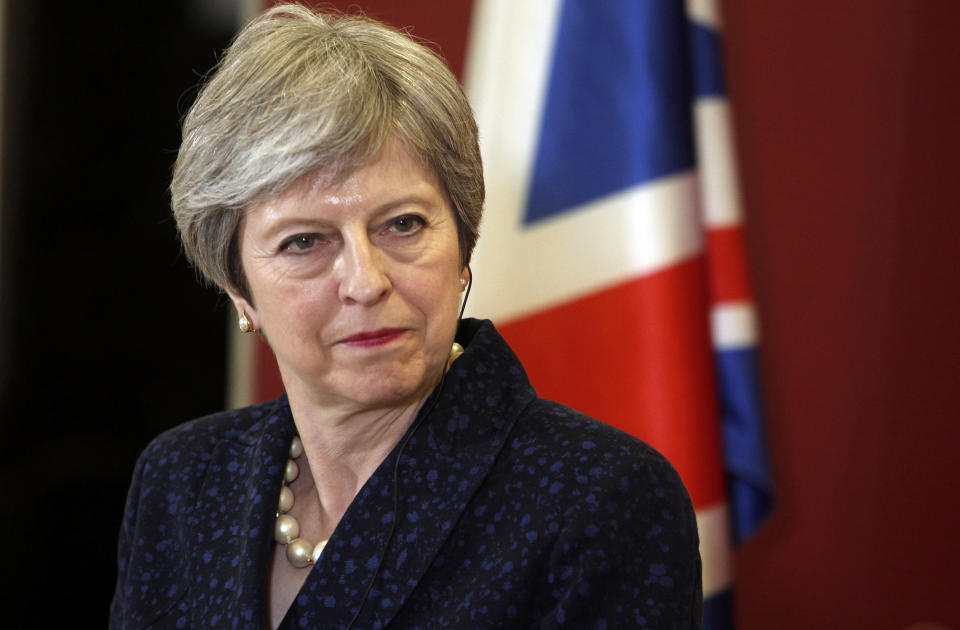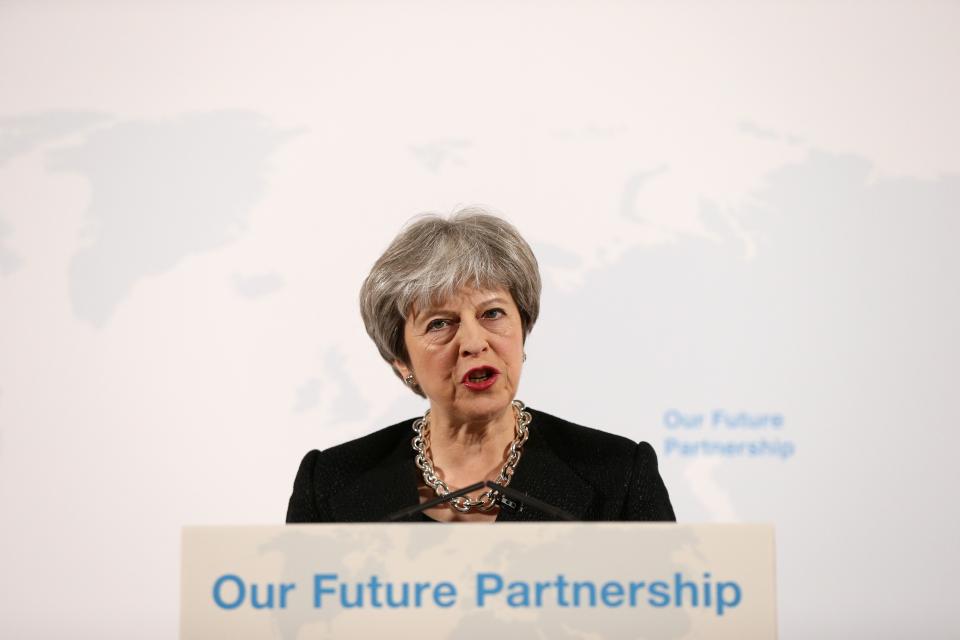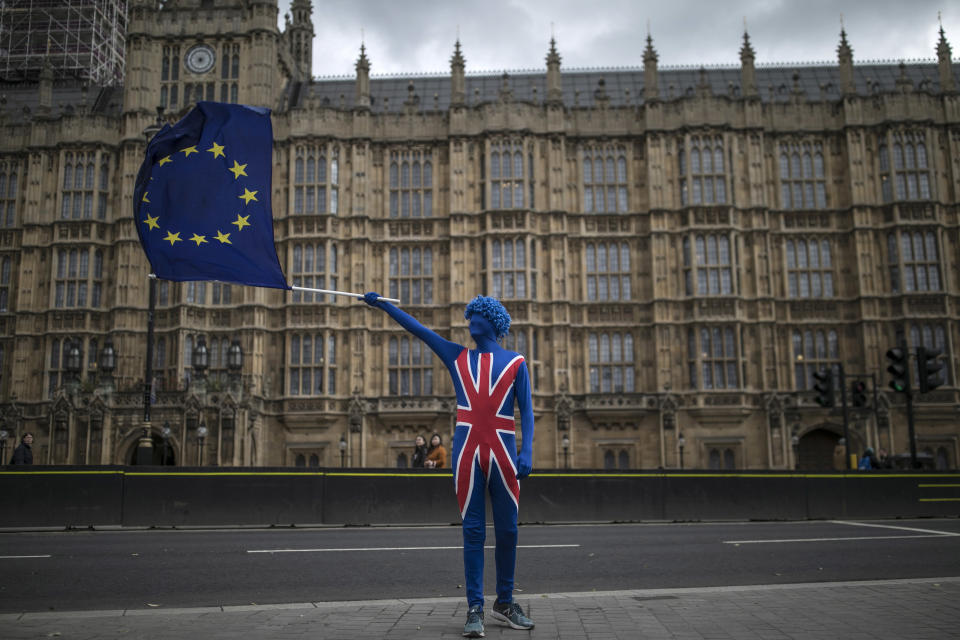Brexit showdown: Everything you need to know about the EU Withdrawal Bill vote

The EU Withdrawal Bill has returned to the House of Commons today and tomorrow for a series of knife-edge votes that will determine the future of the Brexit process.
Theresa May is facing one of the biggest tests of her leadership, with Tory rebels threatening to vote against their own party to force through amendments to the bill.
In a painful blow the the PM, Remain-supporting MP Philip Lee quit as justice minister this morning, saying he could not support ‘how our country’s exit from the EU looks set to be delivered’.
The issue most likely to provoke a rebellion is currently that of giving MPs a “meaningful vote” on the final Brexit deal.
Rebel leader Dominic Grieve tabled a last-minute compromise amendment last night, which scaled back the demands of the House of Lords position but which would give MPs the power to block a no-deal Brexit. A number of Conservatives are expected to back this move.
BREAKING: Dominic Grieve tables a meaningful vote amendment to EU Withdrawal Bill in attempt to break deadlock between govt and story rebels. Would require govt to table a motion seeking MPs’ approval for their approach. If ministers reject, rebels will back Lords amendment. pic.twitter.com/jzafL9Wr9E
— Kevin Schofield (@PolhomeEditor) June 12, 2018
Critics say the amendment would weaken the UK’s negotiating position with the EU, and could even give the Commons the power to bloc Brexit.
Another key issue is the question of whether the date of Brexit should be written into law, as well as whether the UK should stay in the customs union or EEA, which should come early on Wednesday evening.

But the Prime Minister does appear to have defused a potentially explosive row over the EU customs union.
On Monday night, Tory pro-Europe rebels Sir Oliver Letwin and Nicky Morgan and Brexiteers Jacob Rees-Mogg and Sir Bill Cash came together to table a separate compromise amendment backing “a customs arrangement” with the EU.
Government sources signalled that ministers were set to back the move.
However, the compromise is only likely to delay a full-blown showdown on the customs union until trade legislation returns to the Commons in July.
Here is everything you need to know about the bill – and about the possible outcomes of the showdown in Parliament.
What is the EU Withdrawal Bill?
It is the Conservative Government’s flagship piece of Brexit legislation, which will eventually transpose EU law into the UK statute book.
The bill has passed through the House of Commons once already before moving to the House of Lords. The Government was defeated 15 times by the Lords, who voted through a number of amendments.
These amendments are what MPs will be debating and voting on next Tuesday.
What is an amendment?
The amendments are proposed changes to a bill, in this case made by the House of Lords where they disagree with the ideas set out by the Government. Both houses must agree on the exact wording of a bill before it can be enshrined into law. A bill may go back and forth between the Lords and the Commons before an agreement is reached.
Theresa May will be hoping to overturn the 15 amendments made to the EU Withdrawal Bill.

What amendments have the House of Lords made?
The House of Lords made 15 amendments to the bill in total:
Customs Union
This clause would commit the UK to trying to negotiate a customs union with the EU. This idea is in direct conflict with Theresa May’s current position: she has insisted that Britain will not stay part of the customs union or single market after Brexit.‘Retained EU Law’
Designed to protect the rights of UK citizens, this change would prevent the Government from making any changes to laws pertaining to employment, consumer standards and environmental standards, without MPs voting to do so.Charter of Fundamental Rights
The third amendment would require the UK to keep the EU’s Charter of Fundamental Rights on the statute books.Protecting Power of Legal Challenge
This amendment would essentially make it more difficult for future Governments to change EU laws after they have been moved into EU law.‘Legal Compliance’
The fifth amendment would mean that Brits could go to court in the UK over failures to comply with EU laws.Henry VIII Powers
The so-called Henry VIII powers would allow ministers to change laws with reduced scrutiny. This amendment reduces those powers.‘Meaningful Role’ for Parliament
One of the most significant amendments, this gives MPs the power to reject the final Brexit deal agreed between the Government and the EU.‘Mandate for Negotiations’
Tabled by cross-party agreement, this amendment forces the Government to gain Parliament’s approval to open ‘phase two’ negotiations with the bloc.Rights for Refugees
Asylum seekers would be allowed to join family members in the UK under the current EU rules if this change is passed.Northern Ireland
The tenth amendment would put support for the Good Friday Agreement into the EU Withdrawal Bill.Future Cooperation
This clause says that future Governments will be able to replicate EU laws and participate in EU agencies.Removal of ‘Brexit Day’
Under this proposal the exit date of 29 March 2019 would be removed from the bill.The Norway Model
Another of the key changes, this amendment would keep the UK in the European Economic Area, and subsequently in the single market, an approach known as the Norway model.‘Sifting Regulations’
This change would force ministers to accept recommendations for Brexit regulations made by the Lords and by MPs.The Environment
The final amendment would force the UK to keep the EU’s current environmental regulations and to create a powerful watchdog to ensure rules are followed.
What exactly is happening on Tuesday and Wednesday?
MPs will debate the 15 amendments made to the bill in the House of Lords, and a series of votes will then follow. MPs will cast their ballots to say whether or not they agree with the tabled amendments.
Number 10 has confirmed that the Government disagrees with a number of the amendments and will seek to overturn them. The Tory chief whip has instructed all Conservative MPs to be present for the debate and the vote.
The session will take place over two days.

What happens afterwards?
If any of the amendments are rejected – a near certainty – the bill will return to the House of Lords, who will themselves vote again on the state of the bill. If the houses still can’t agree, it will return to the Commons once again.

 Yahoo News
Yahoo News 

